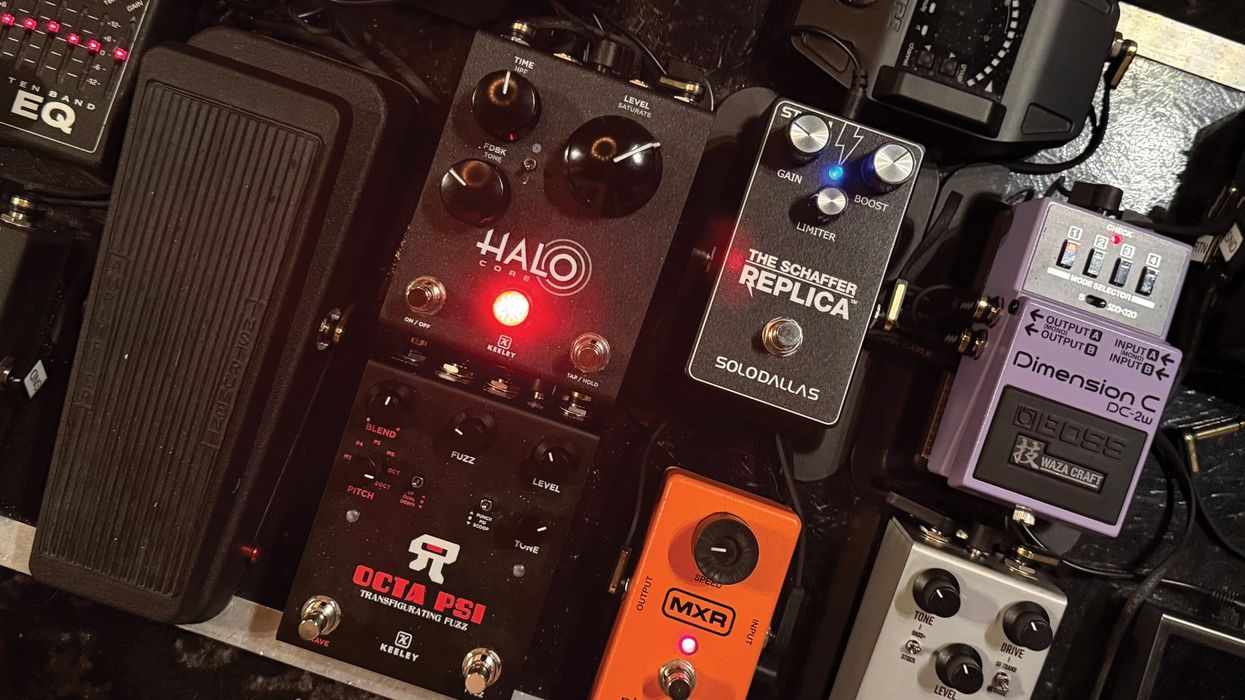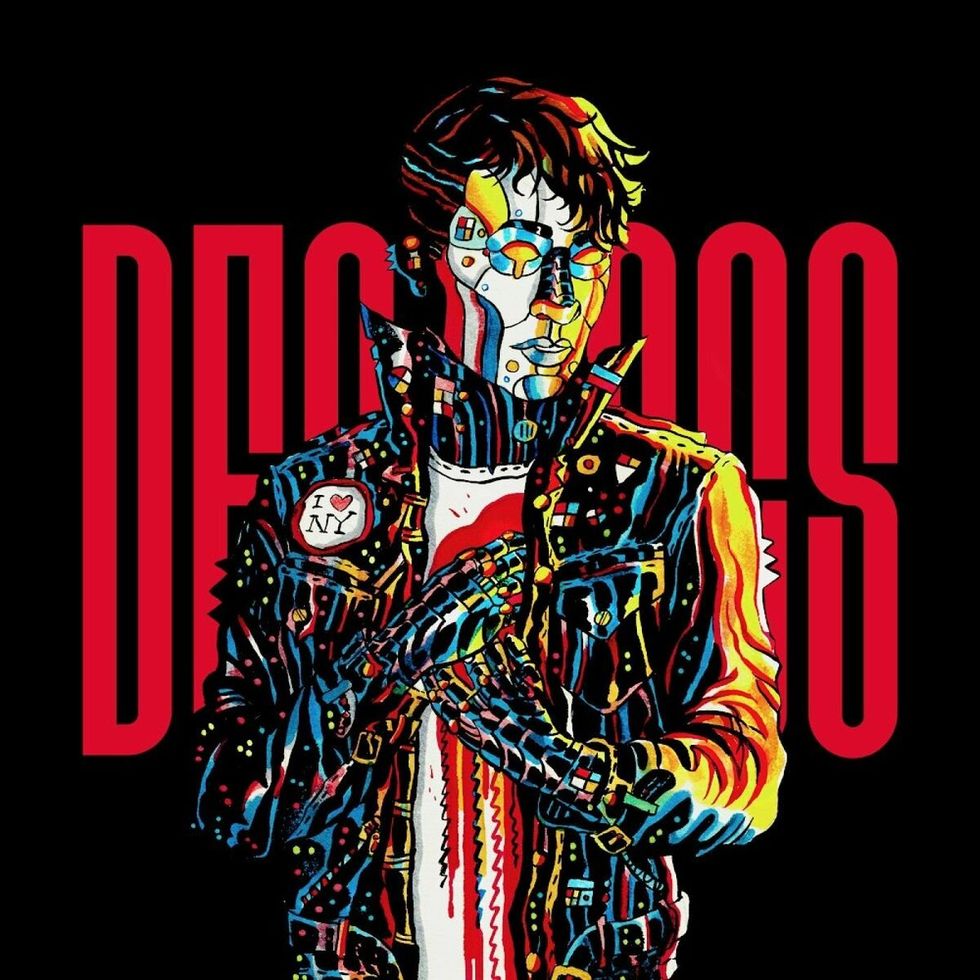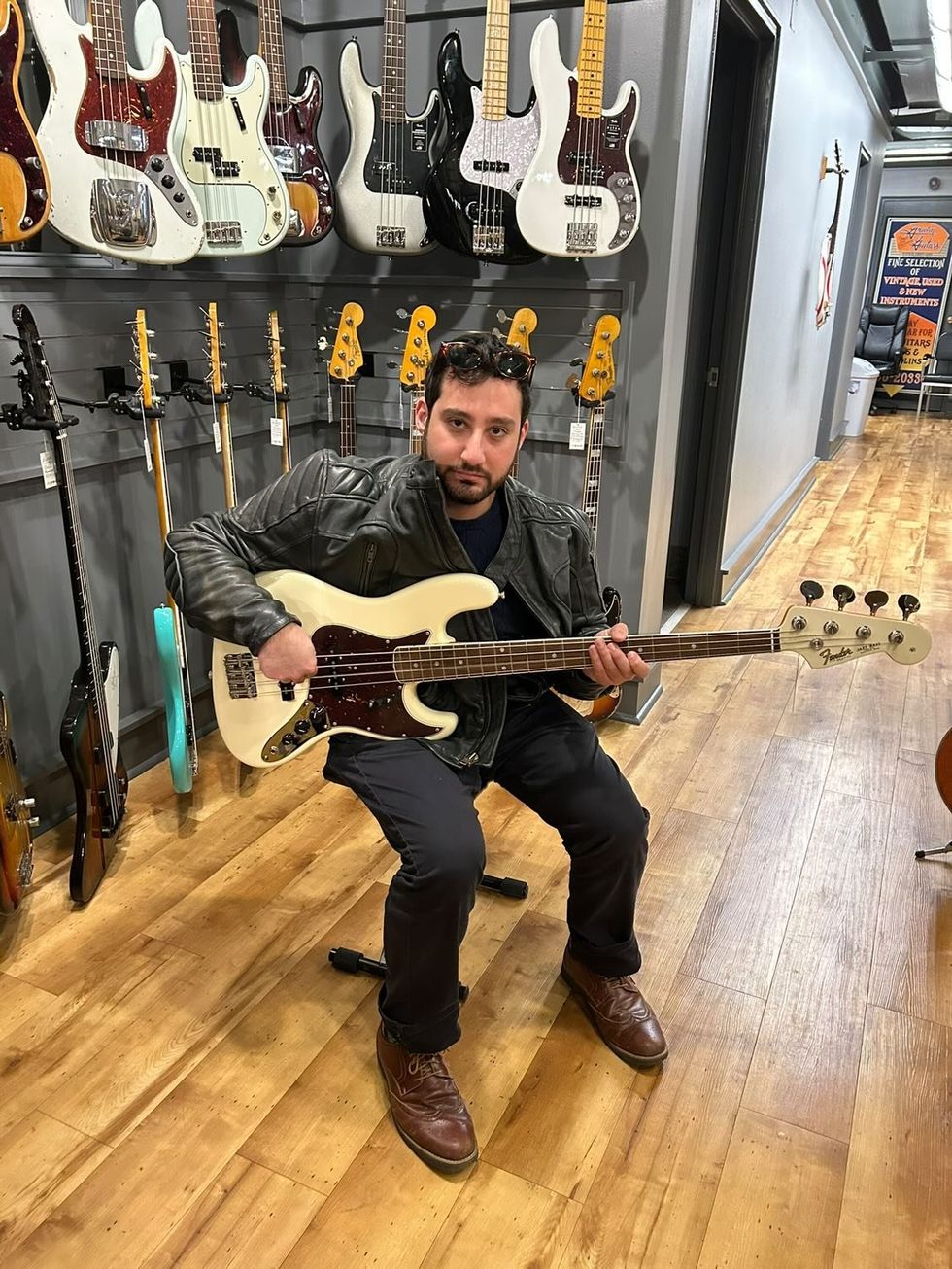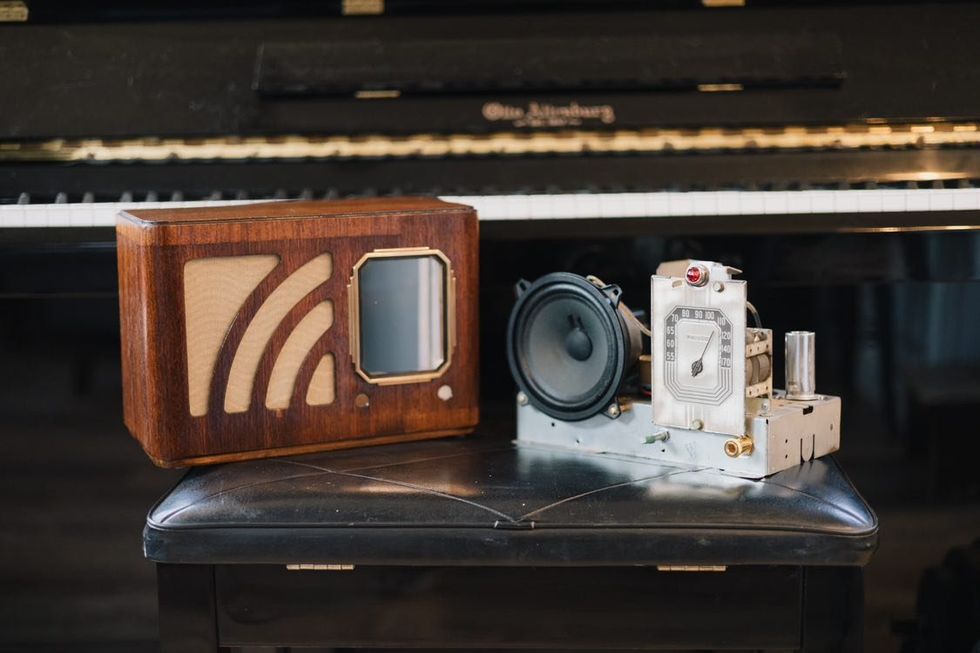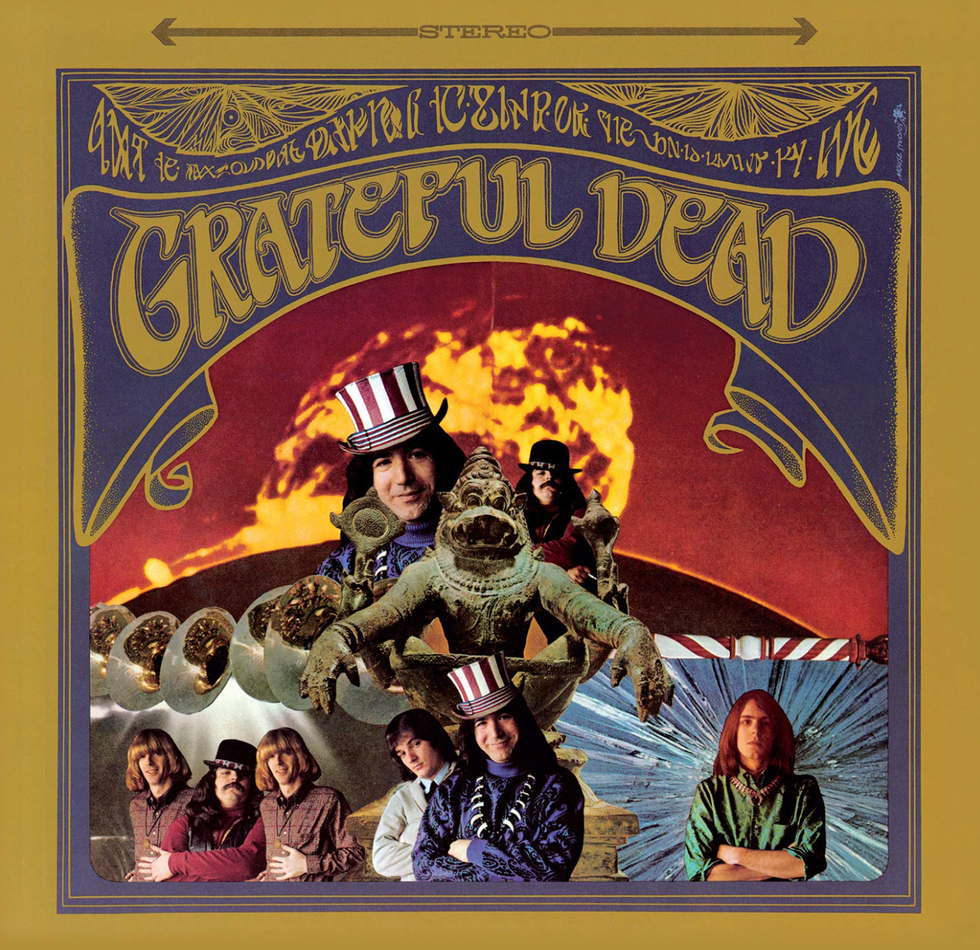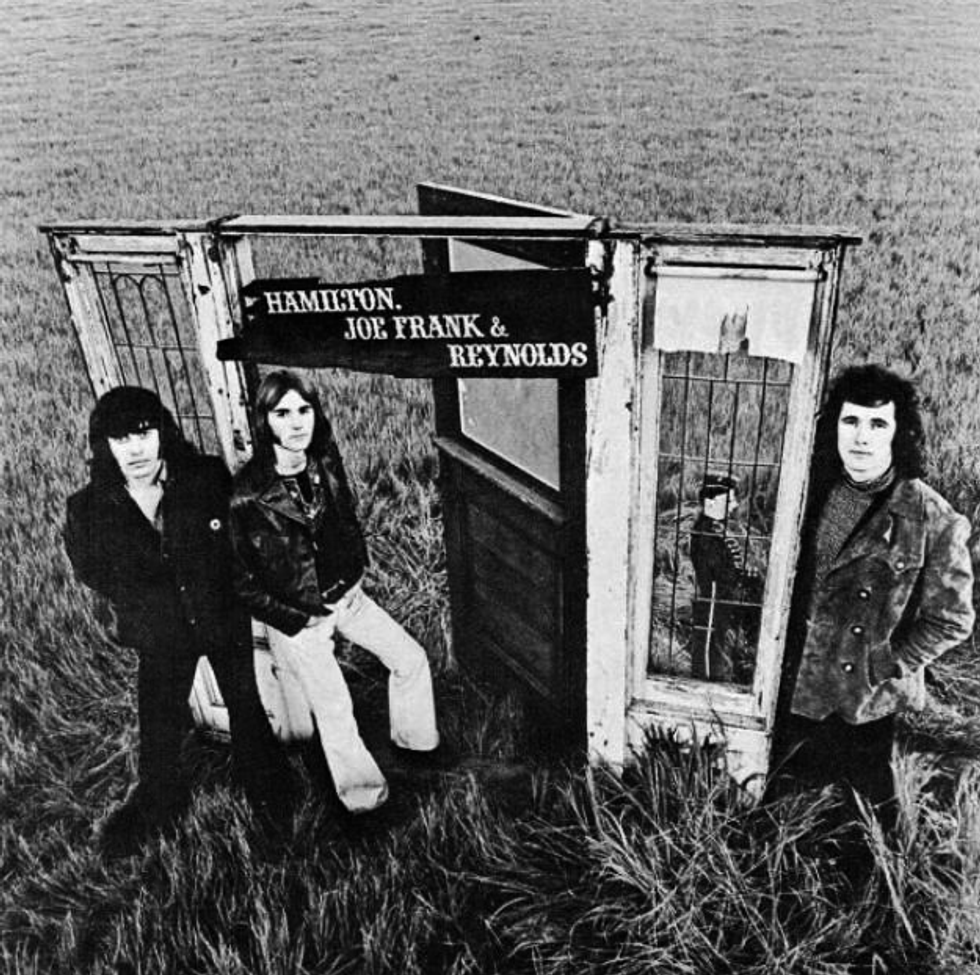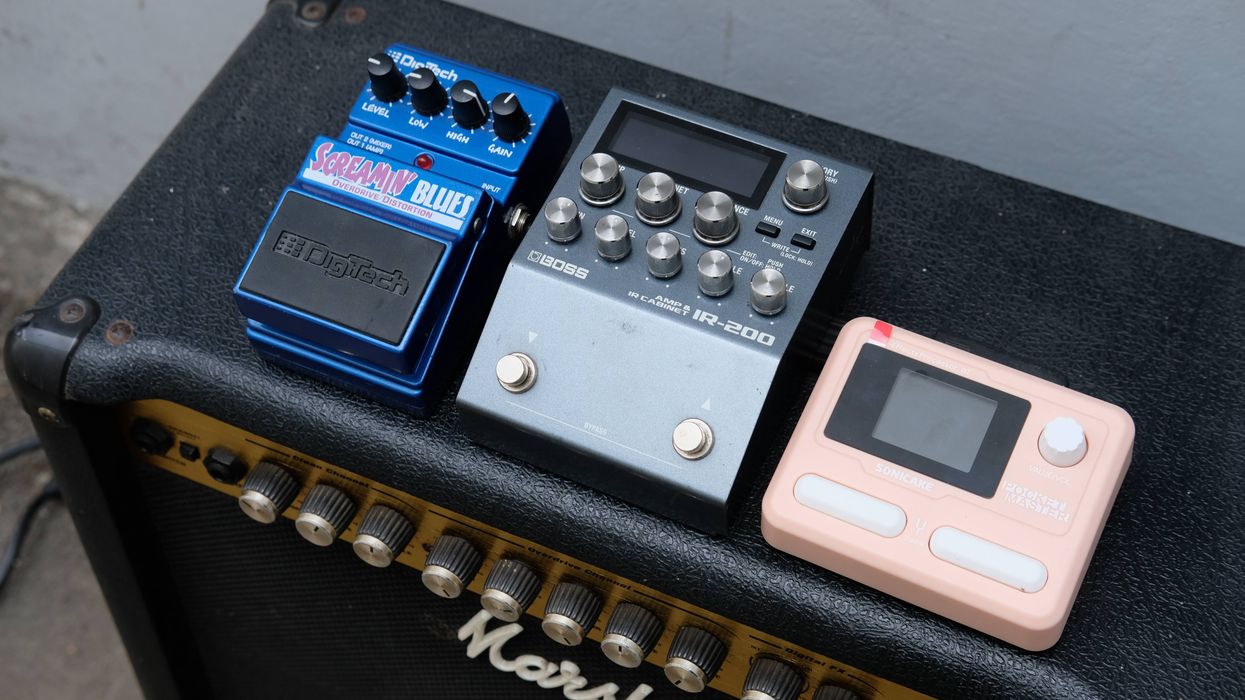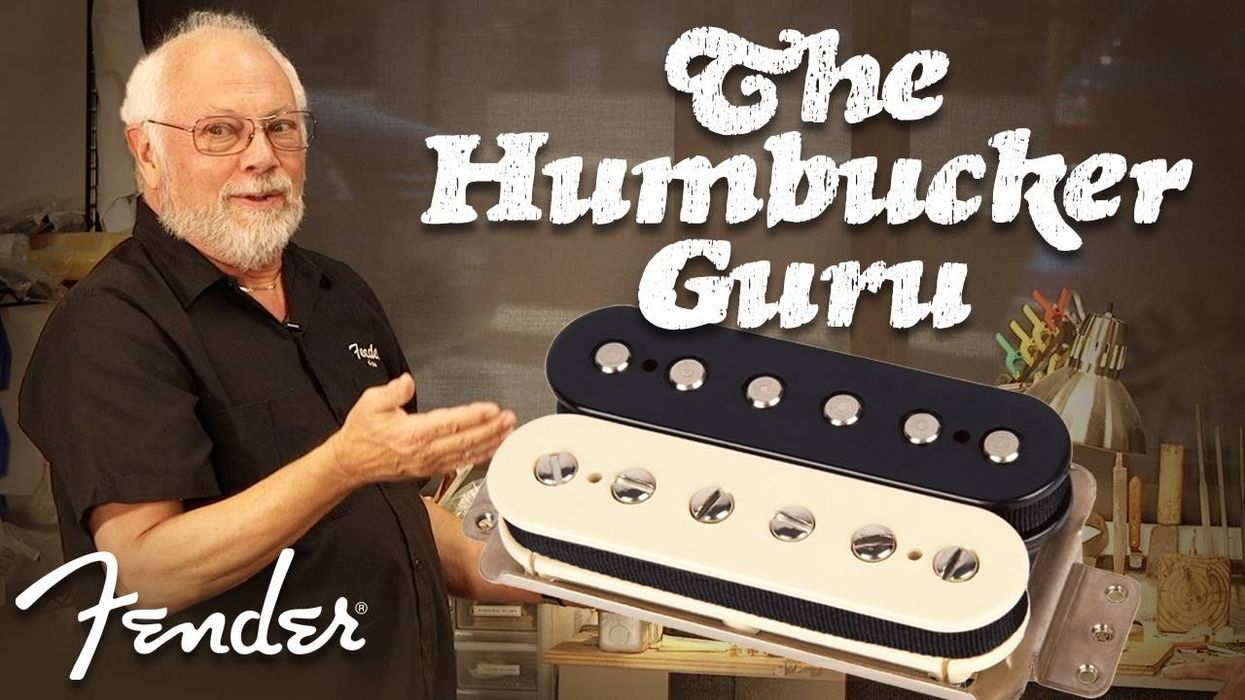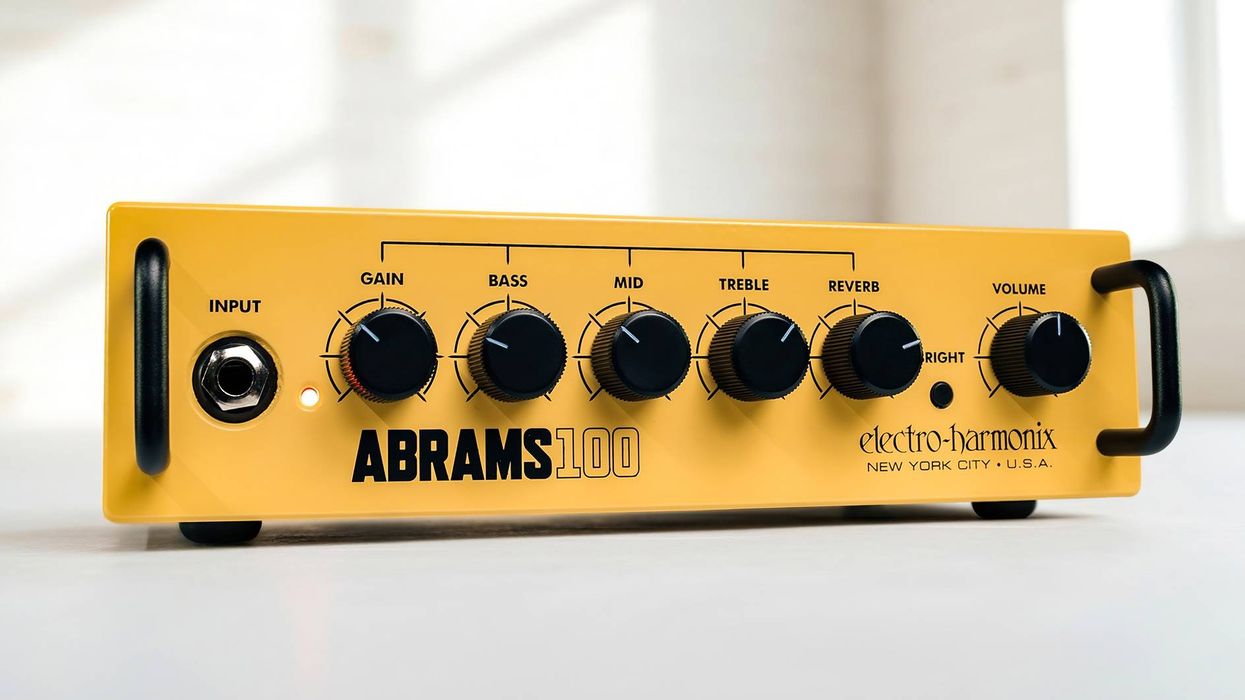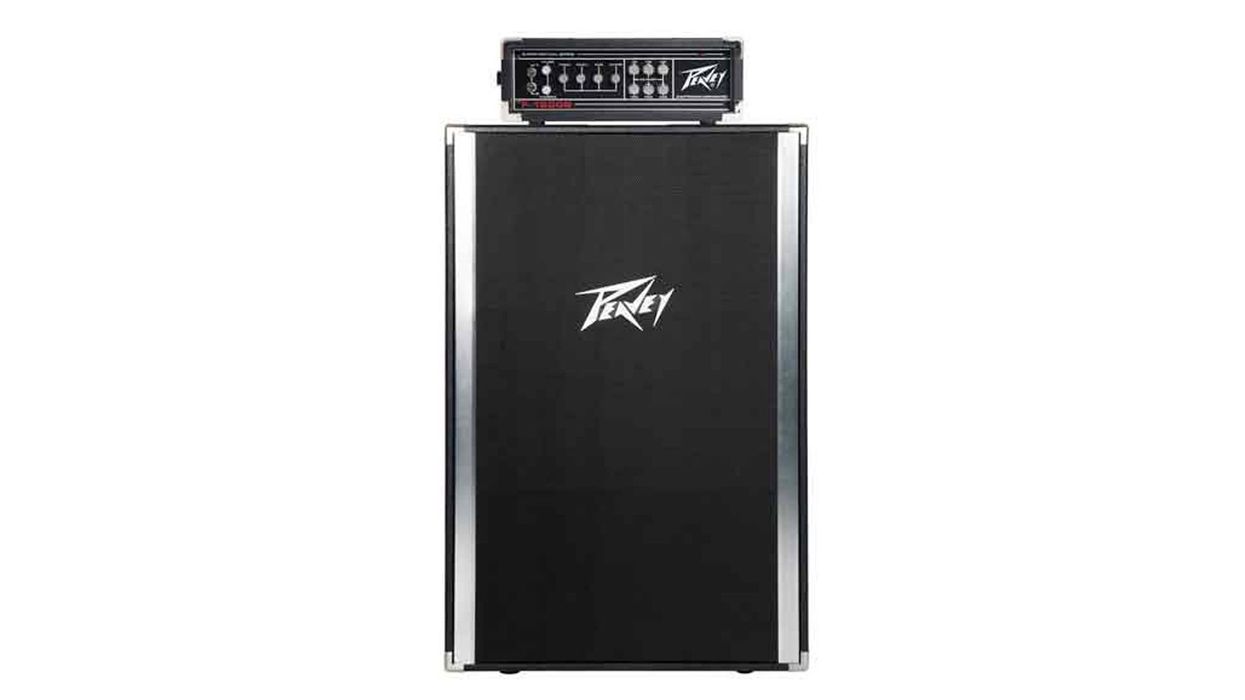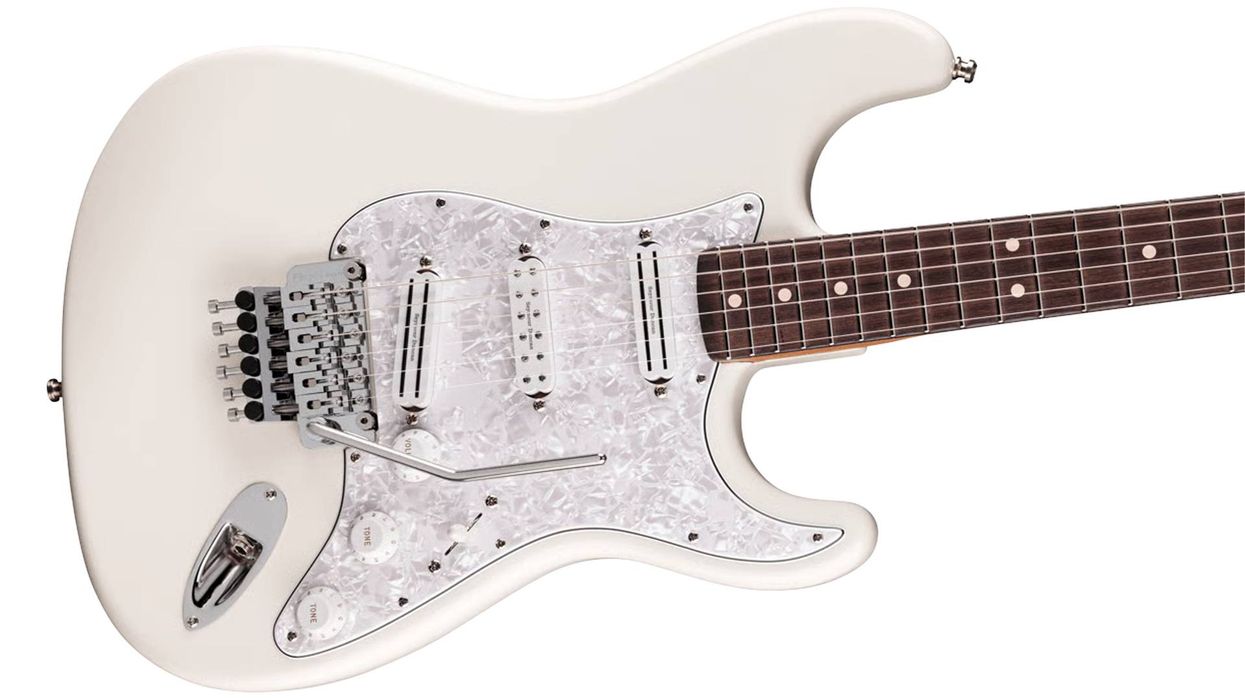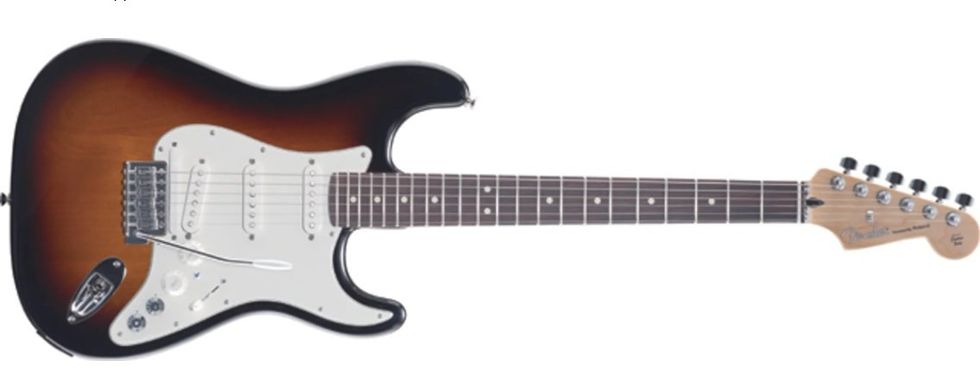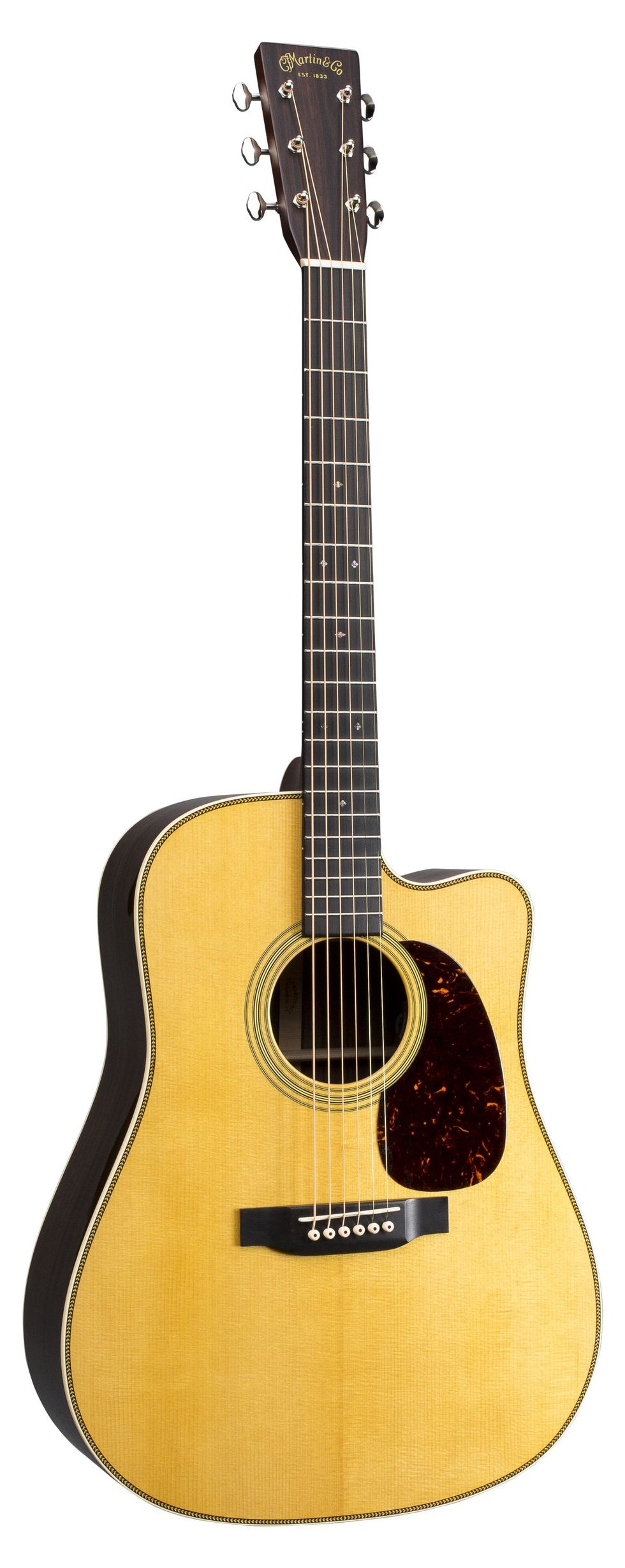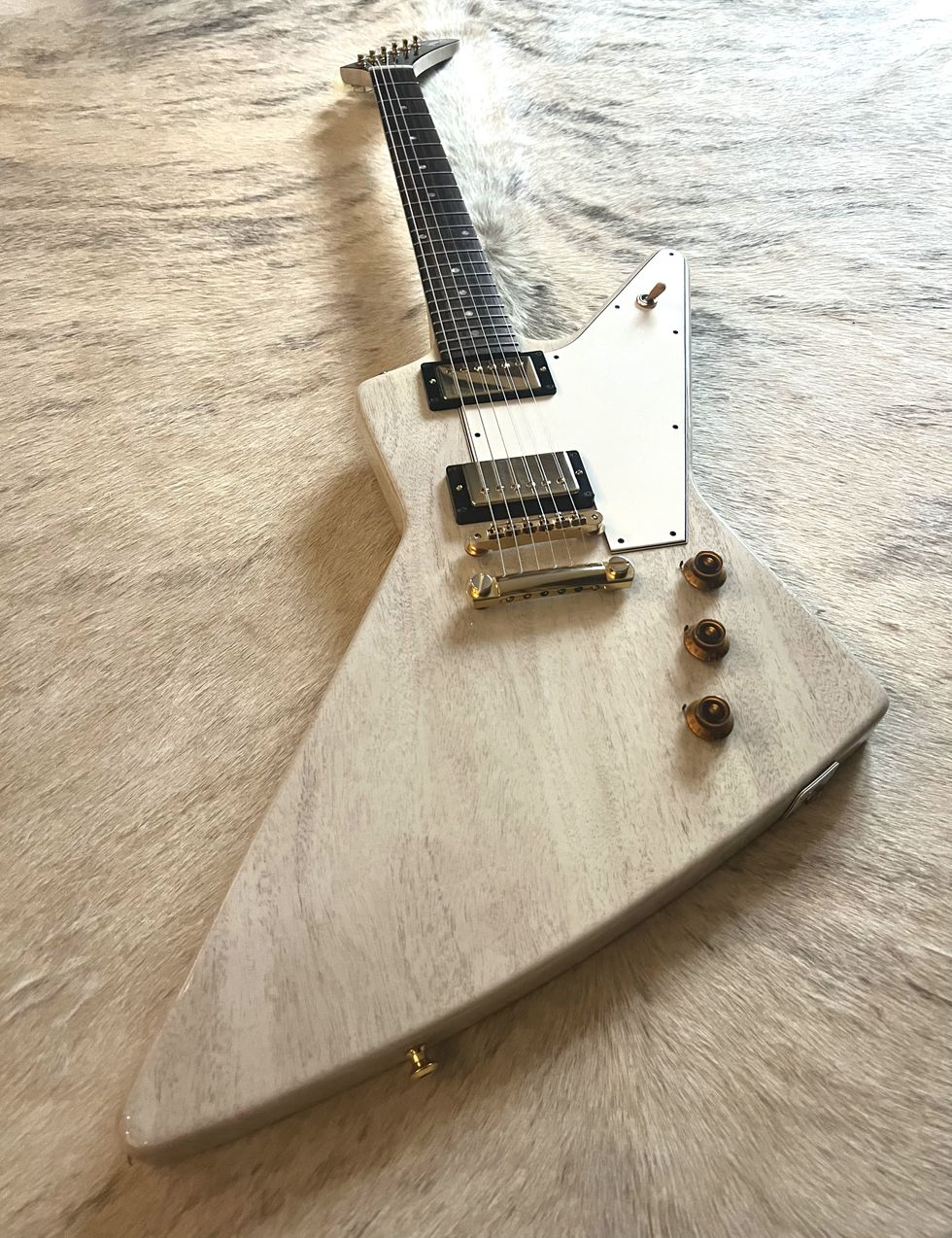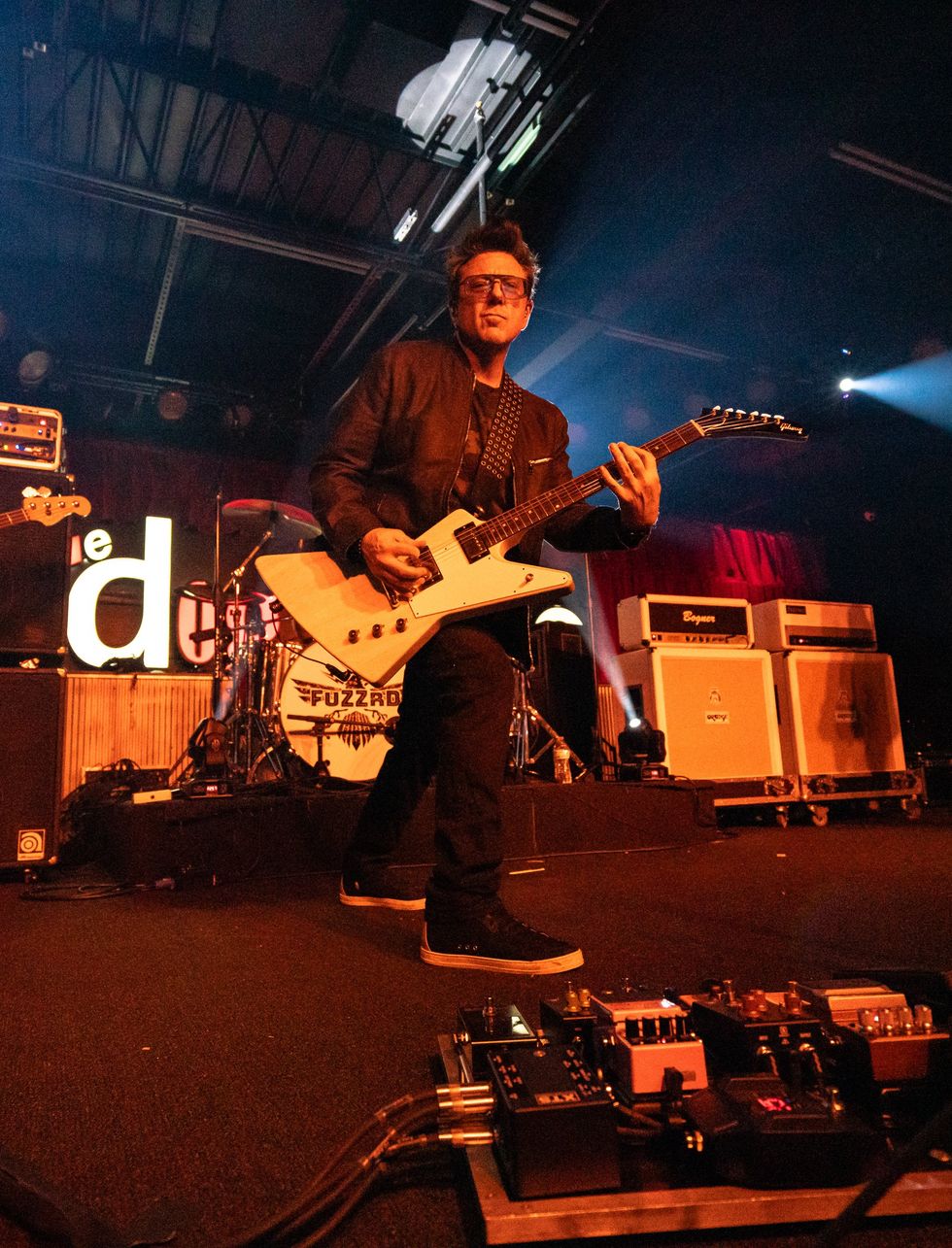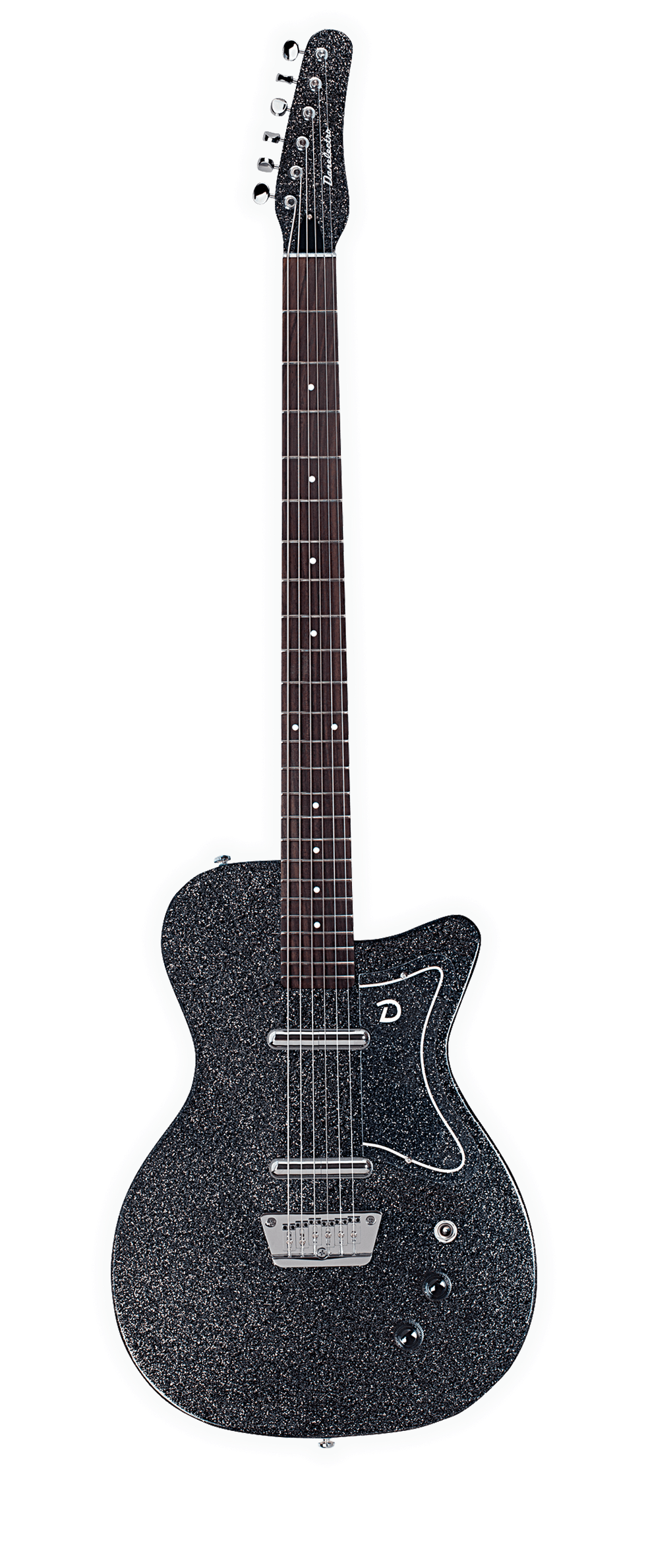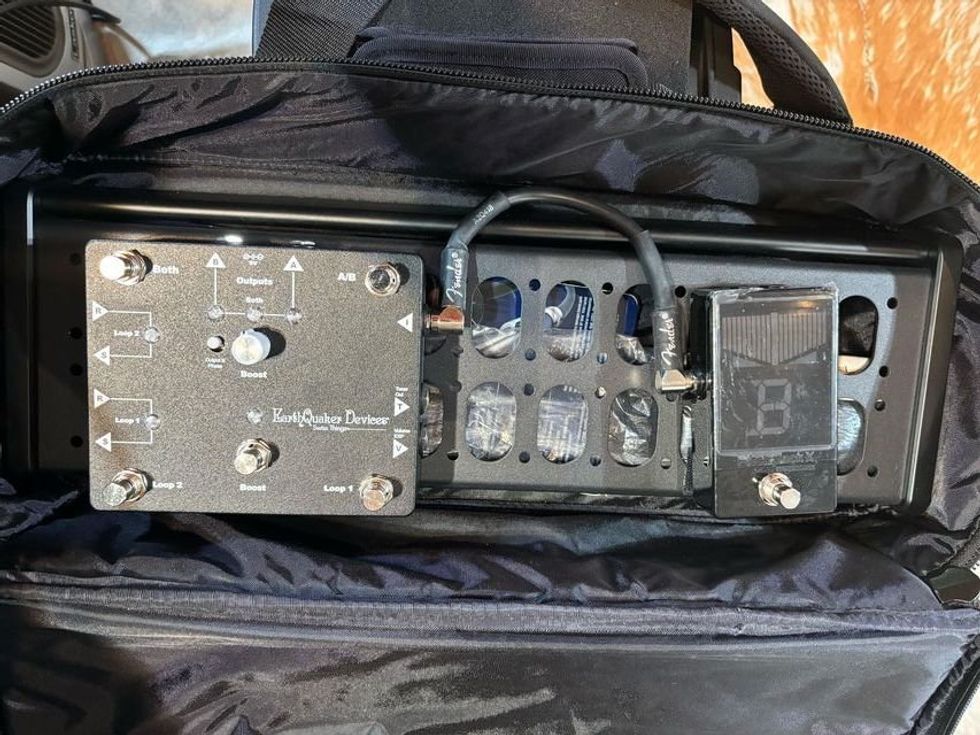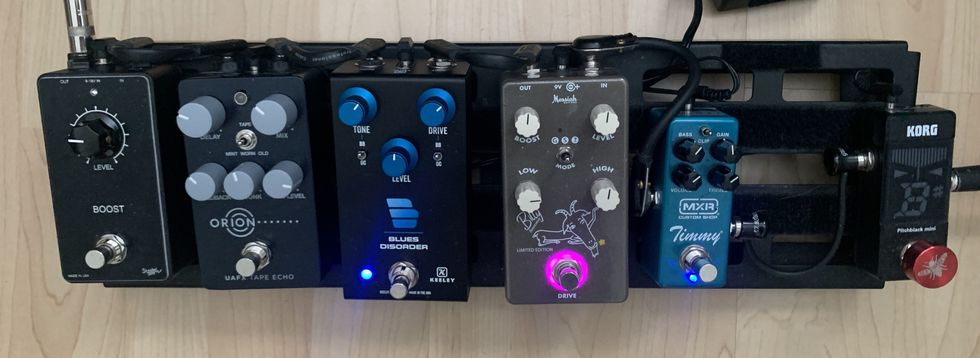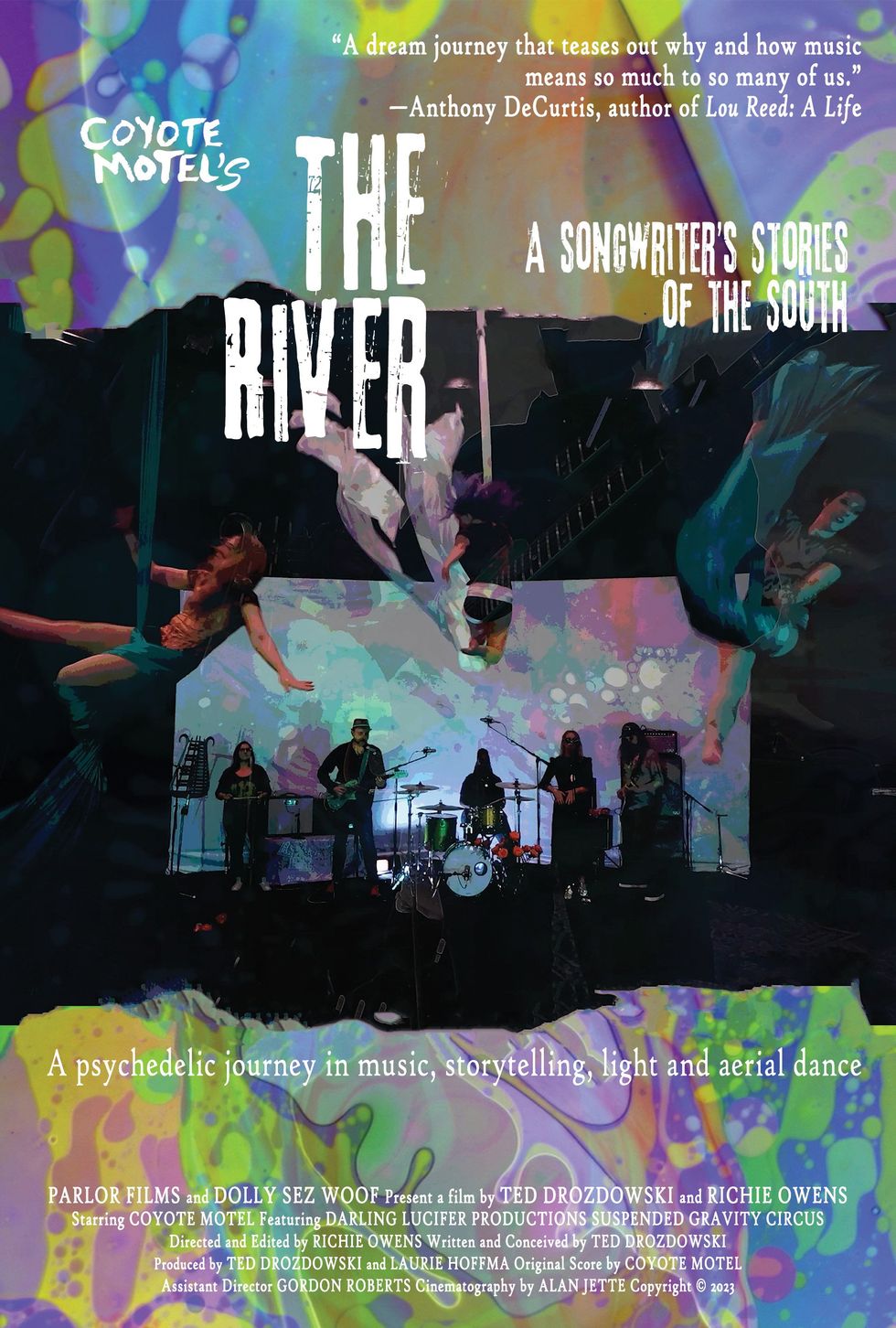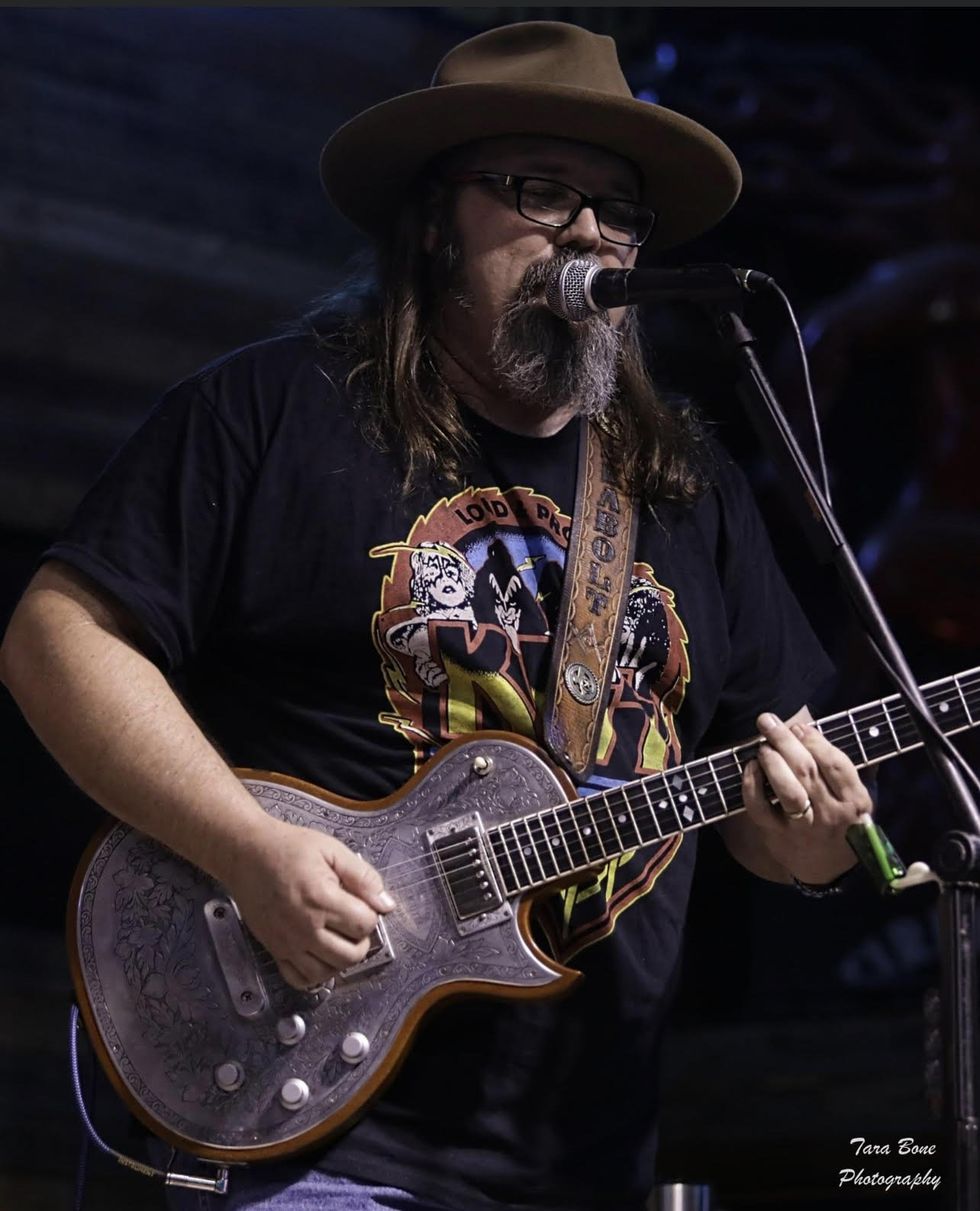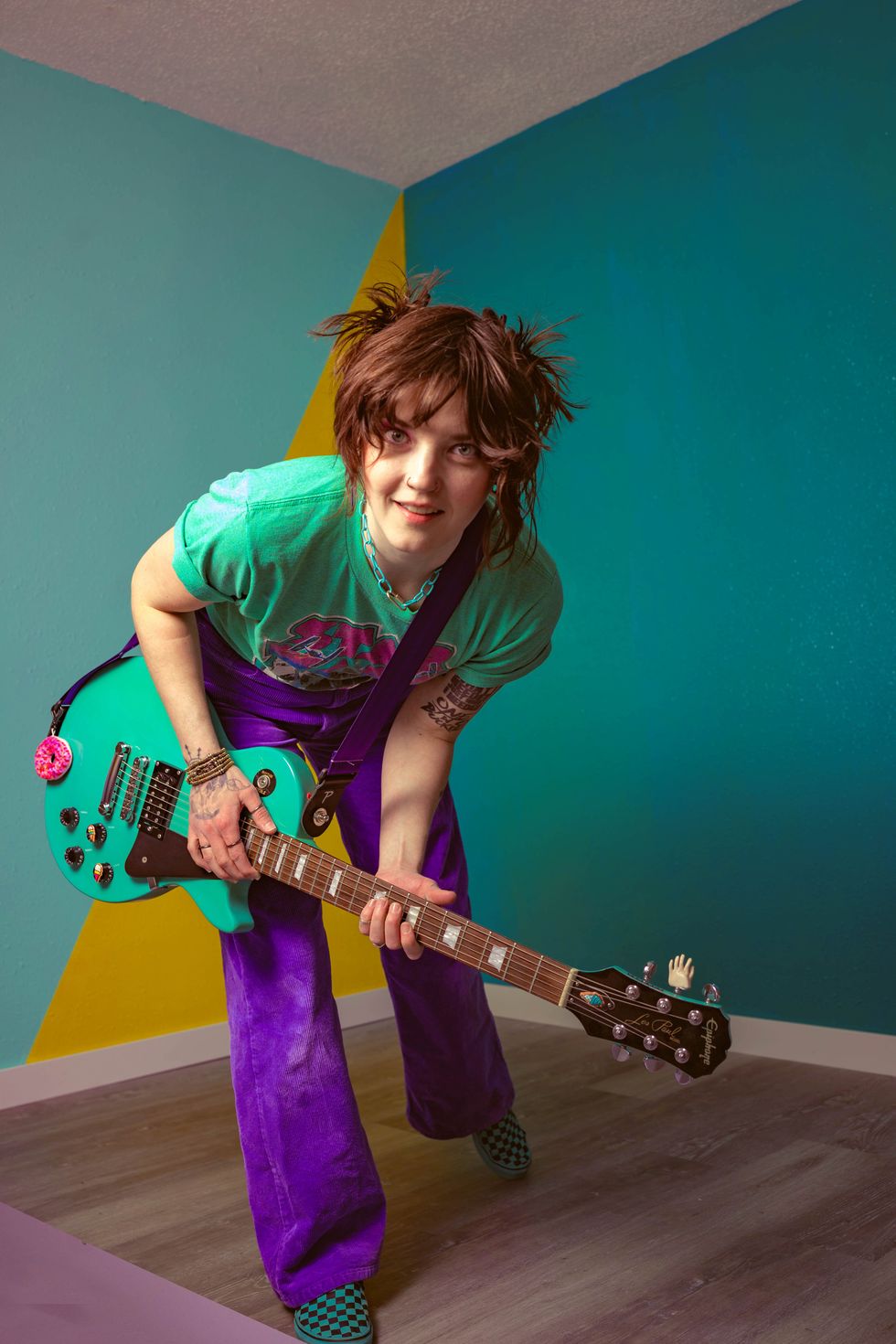Fake Fruit bandleader Hannah D’Amato tells a tale of two Neils as she, PG staff, and reader Kevin Ramsay dig into their songbooks.
Question: Which artist have you learned the most songs by?
Guest Picker: Hannah D’Amato – Fake Fruit
A: Neil Young. I think he’s an incredible human archivist who knows exactly how to distill the highs and lows of being an alive person better than almost anyone. Playing his songs is about as cathartic as it gets. His straight-down-the-barrel soloing is a huge inspiration, too.
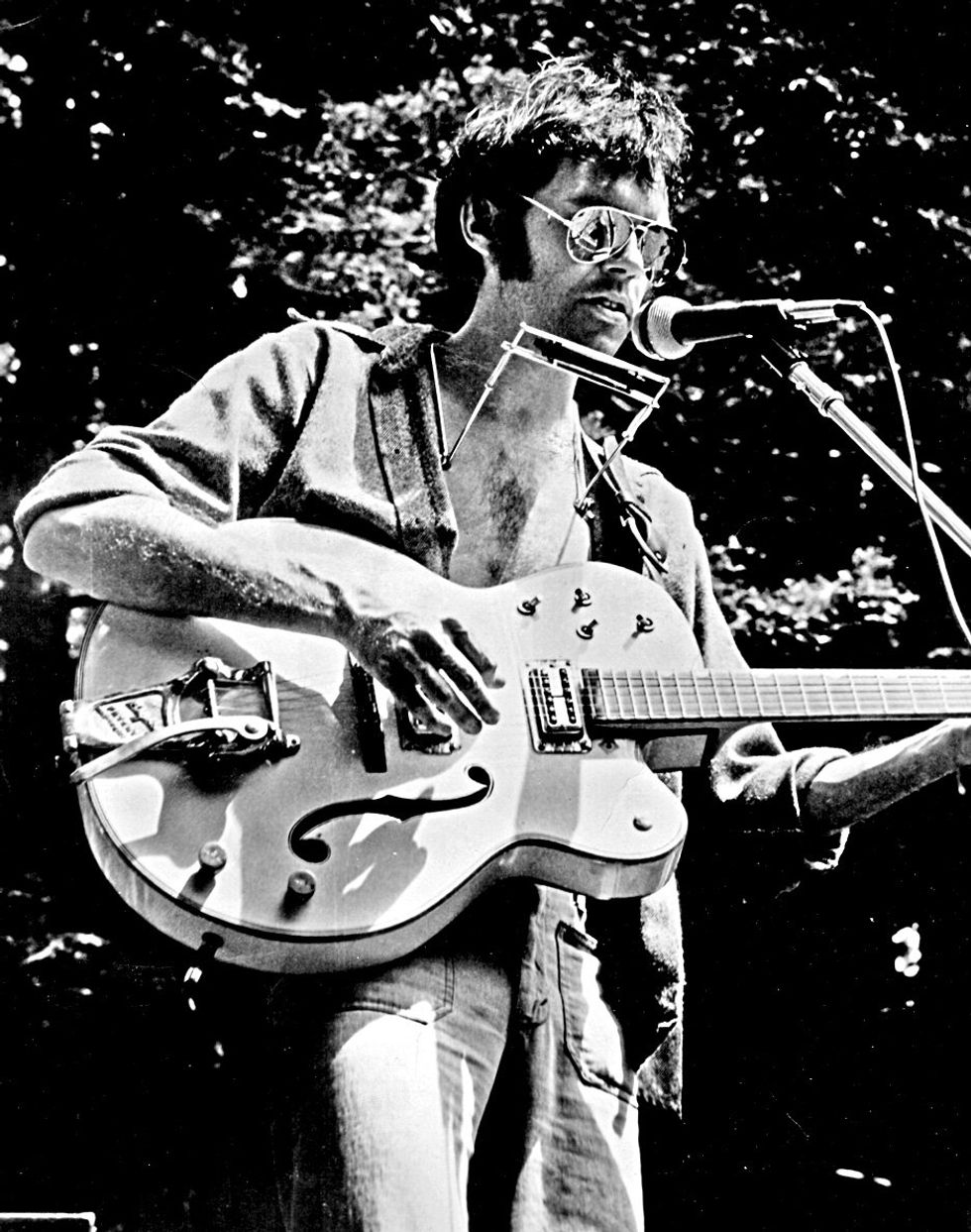
The one and only Neil Young.
Obsession: My current obsession is a Karina cover of Neil Sedaka’s “Oh! Carol.” Originally written from the male “Don’t leave me” perspective, the Spanish translation very sneakily urges Carol not to bend to the man’s will and to chase her own happiness without looking back—badass.
Reader of the Month: Kevin Ramsay

Kevin Ramsay, welcome to our pages!
A: I’ve learned the most songs by John Lee Hooker. His raw, hypnotic blues style captivates me. His mastery of the guitar and distinctive voice make his songs unforgettable. Learning his repertoire taught me about blues rhythms, storytelling in music, and the emotional depth that can be conveyed through powerful lyrics.
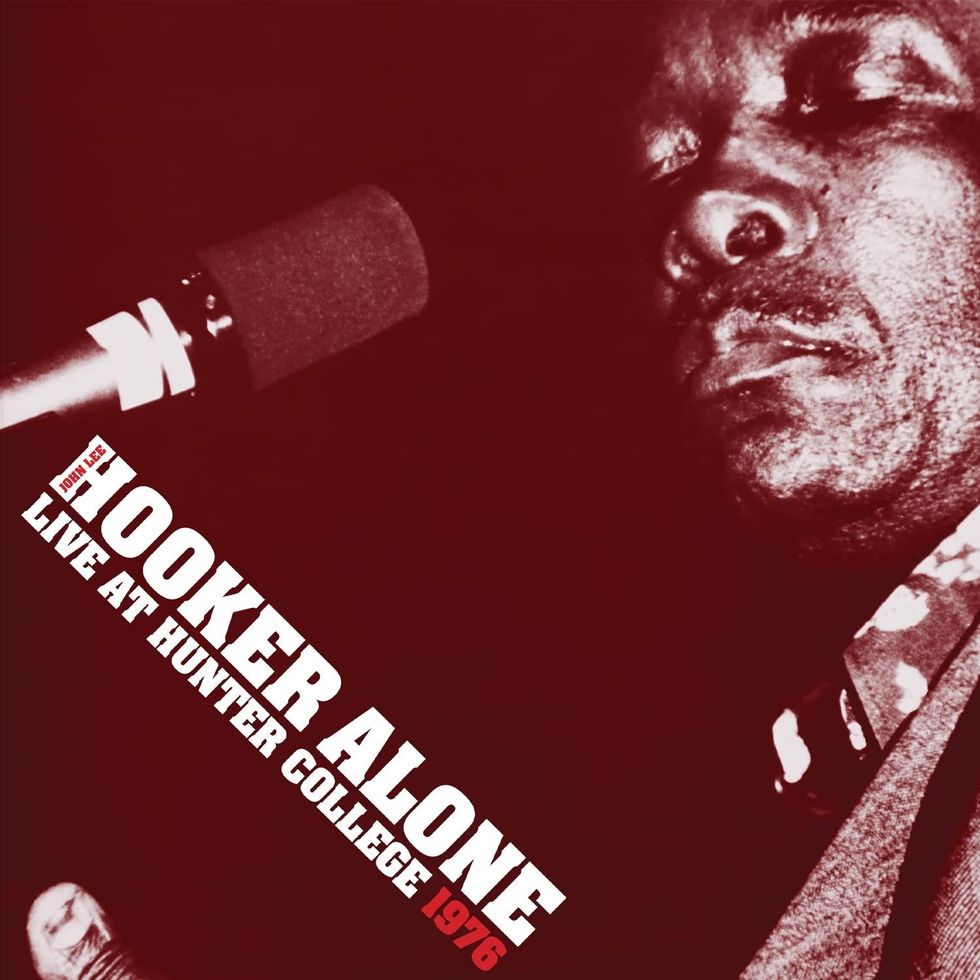
This album is classic solo Hooker—a live jewel in his catalog.
Obsession: My latest music-related obsession is Maryanne Amacher and otoacoustic emissions. Amacher’s pioneering work with sound and perception, particularly exploring otoacoustic emissions, fascinates me. Her innovative approach to sonic art challenges conventional boundaries, inspiring me to delve deeper into the intersection of science, sound, and human perception in music.
Assistant Editor: Luke Ottenhof

Our man in Montreal, assistant editor Luke Ottenhof.
A: I think it would have to be Weezer. I went through an all-consuming Weezer phase after my older cousins introduced me to them, then binged Blue Album, Pinkerton, and Green Album. I forced my poor, brilliant guitar teacher to show me how to play those songs instead of teaching me stuff that surely would have made me a better player today. Thanks for indulging me, Scott!

Weezer’s 1994 debut album.
Obsession: Creating different types of sonic mayhem through pedals. I always think it’s funny when you get a crazy new pedal that makes your signal virtually unrecognizable and someone says, “That doesn’t sound very useful.” I’m thankful for the imaginative builders who don’t just make what sounds “useful,” and to artists who create sounds beyond the call of capital.
Chief Videographer: Perry Bean

Don’t mess with Perry Bean!
A: If you’re gonna riff, riff with me! At the risk of sounding boring or rudimentary, I probably know the most songs by the Misfits. I discovered them as I was learning guitar, and while not complicated or hard, those barre chords set me up with a foundation to build from. More importantly, learning those songs made guitar an interesting and fun hobby for me. I hated lessons at first because I was forced to learn and play music I had no desire to listen to, let alone play. (Sorry, Elvis!) Besides, guitar is supposed to be fun, right? Long live the Misfits!
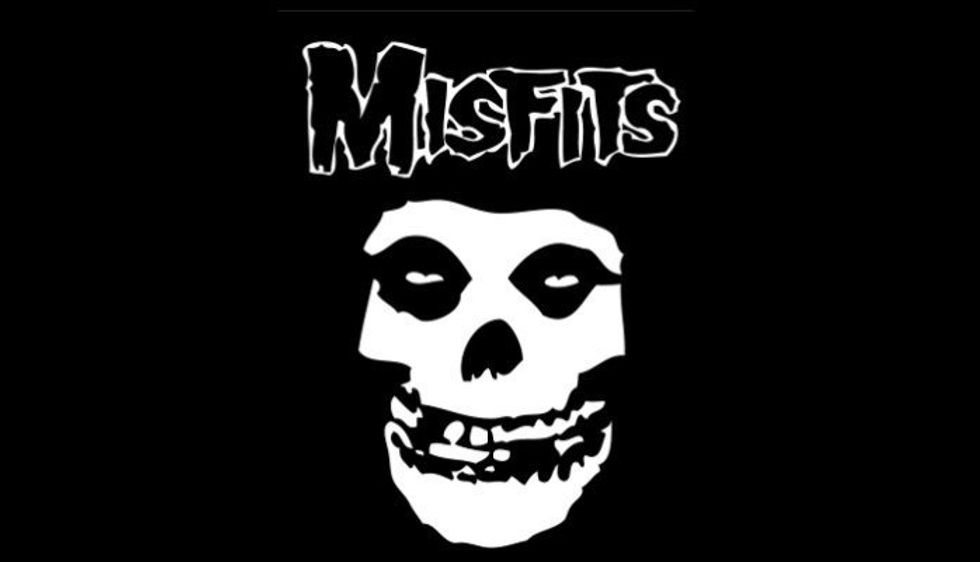
The Misfit’s ultra-recognizable logo.
Obsession: Introducing my son to a vast world of good music. Last thing I’d ever want for him is the embarrassment of saying something like, “Dave Matthews is awesome!” in a public setting, for lack of knowing better.

